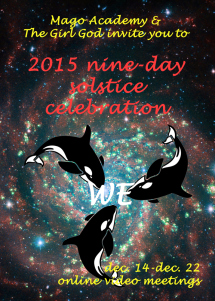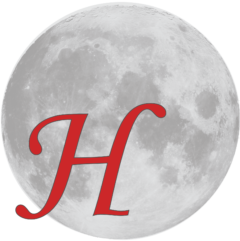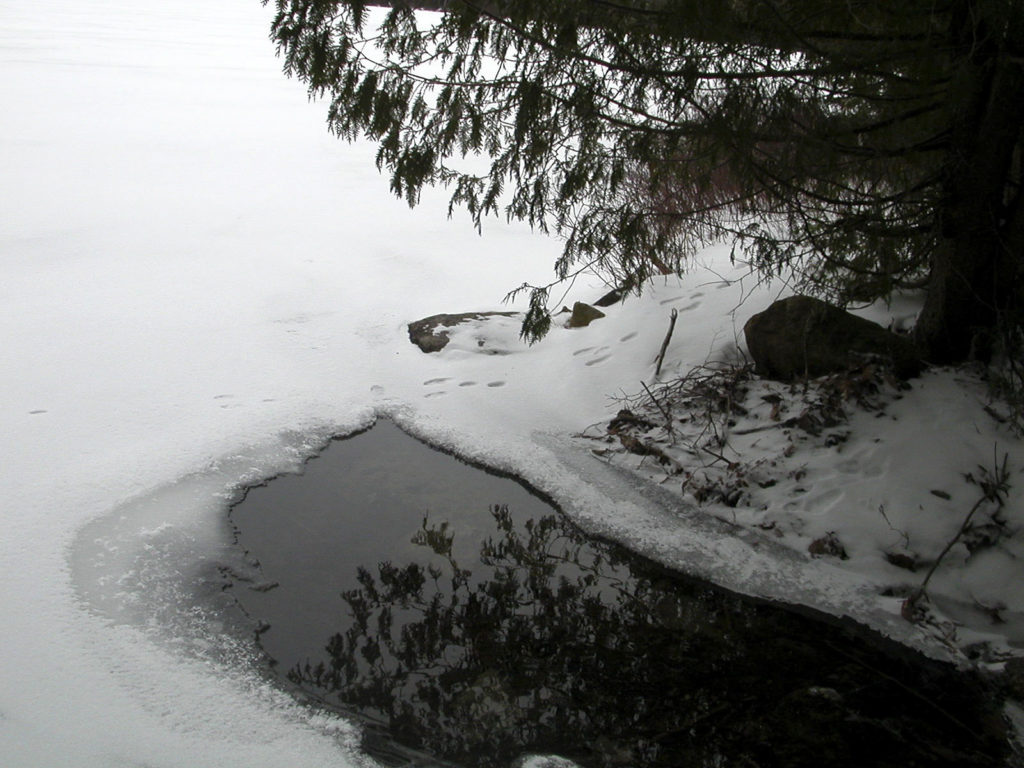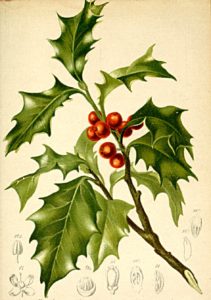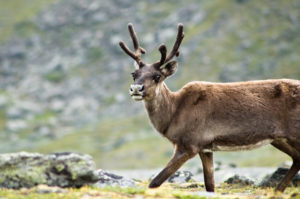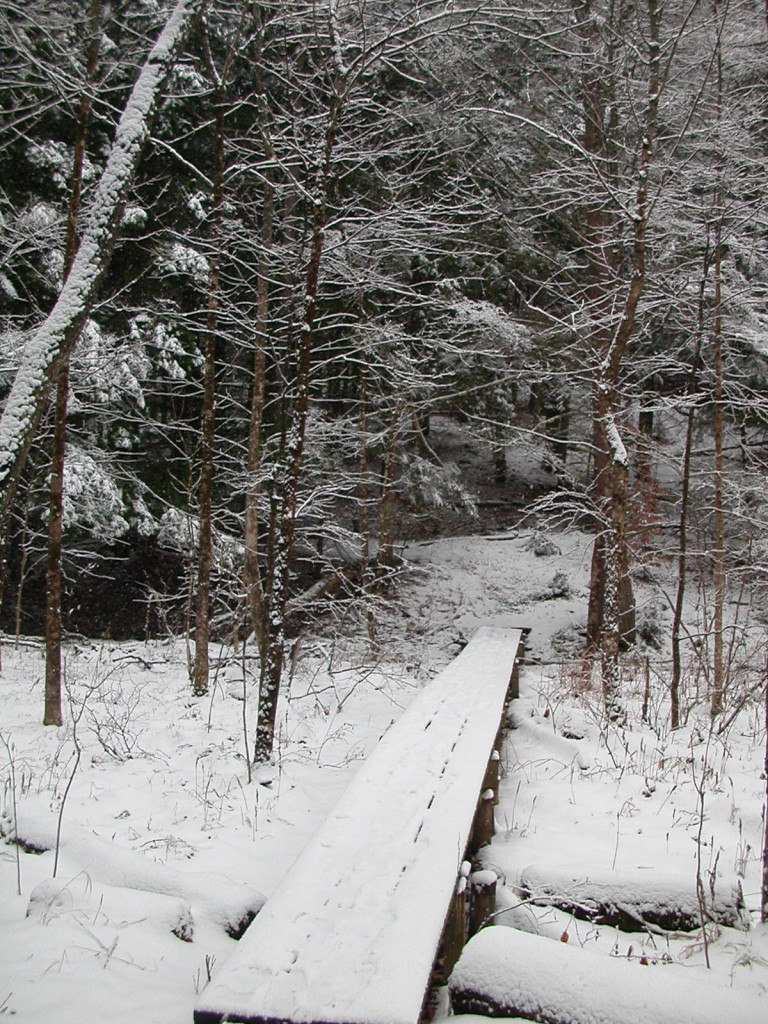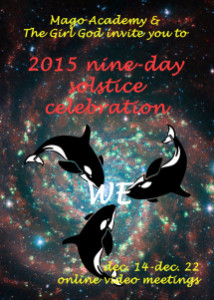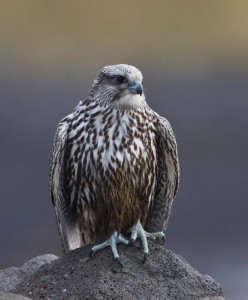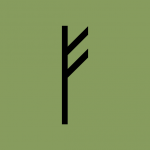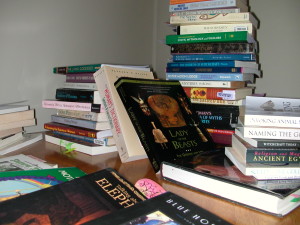
Stay in touch with emerging concepts in Goddess spirituality. Join us for a review of spiritually oriented books published in 2015. The program will be live at 3:00 pm EST on December 16th. There will be a mixture of essays, nonfiction, fiction, and poetry.
To access program live on the day of the broadcast use this link:
https://hearthmoonrising.adobeconnect.com/solsticebooks2015/
Type your name and enter as a guest: no registration needed. Program can be accessed by desktop, laptop, tablet or mobile phone. You may be asked to download an add-in by Adobe Software if your device is not configured for the meeting room. Go ahead and click okay; it’s safe and fast.
A link to the recording will be available the day following the program on this blog.
The program will include a live interview with Elizabeth Hardy, author of Female Sperm Whale … and other [feminist] poems
The following books will also be featured:
Healing Your Feminine Essence: A Transformative Journey Within for Women Who Wish to Be Free by Marie de Kock
Ancient Spirit Rising: Reclaiming Your Roots and Restoring Earth Community by Pegi Eyers
Locust Girl: A Lovesong by Merlinda Bobis
The Mago Way: Re-Discovering Mago, the Great Goddess from East Asia (vol i) by Helen Hye-Sook Hwang
She Rises: Why Goddess Feminism, Activism, and Spirituality? edited by Helen Hye-Sook Hwang and Kaalii Cargill
More on the Mago Nine Day Solstice Program here.
